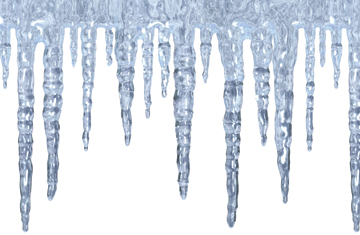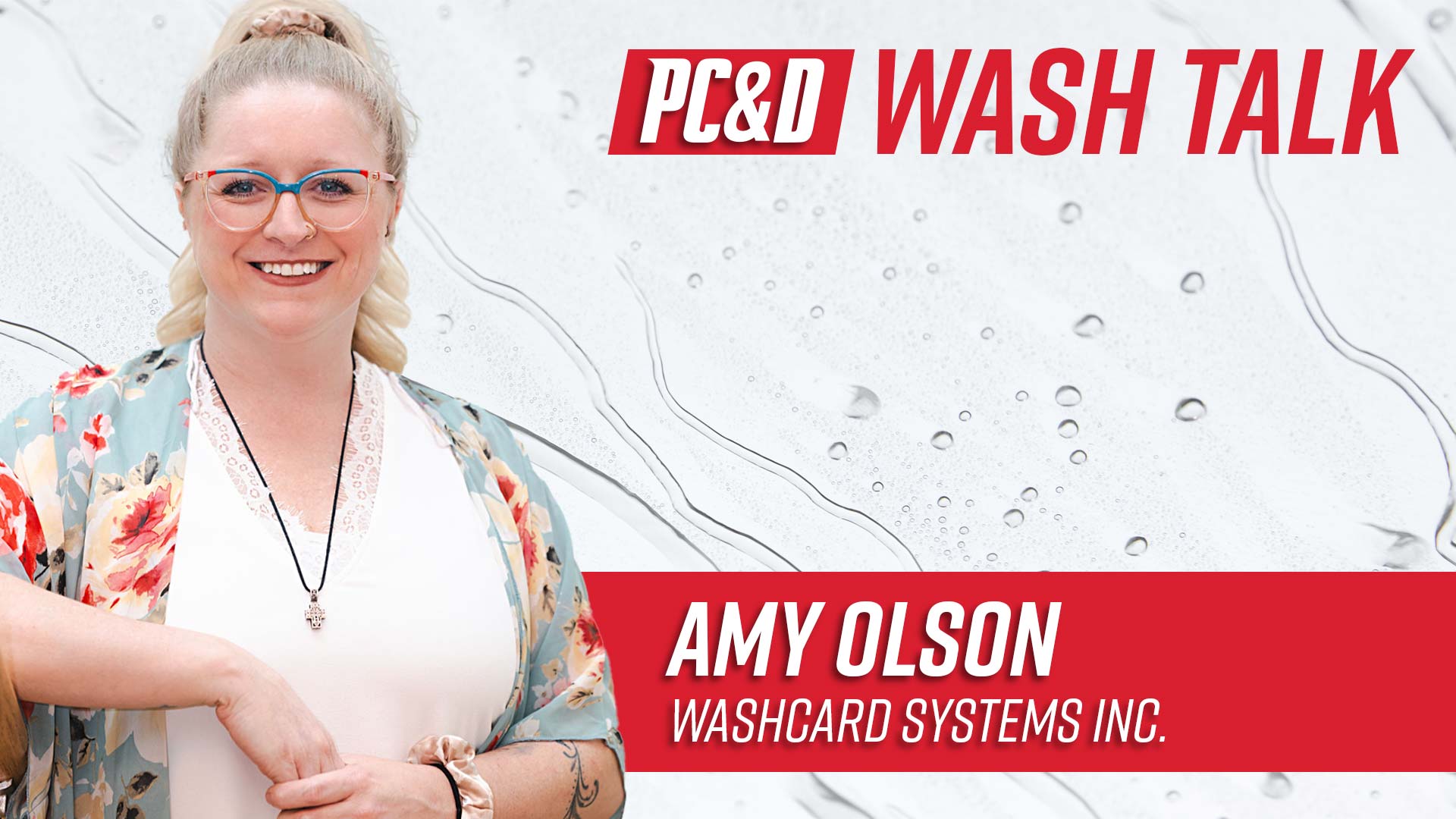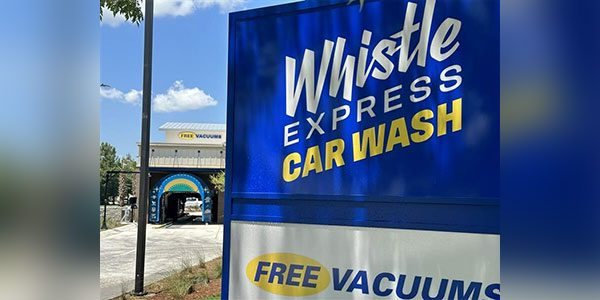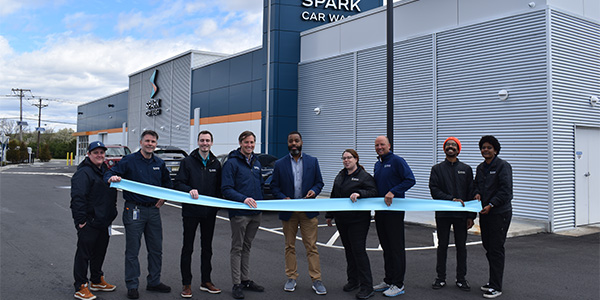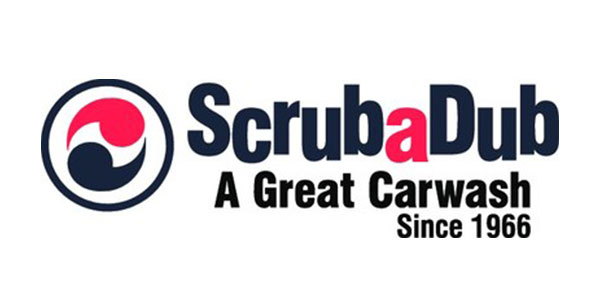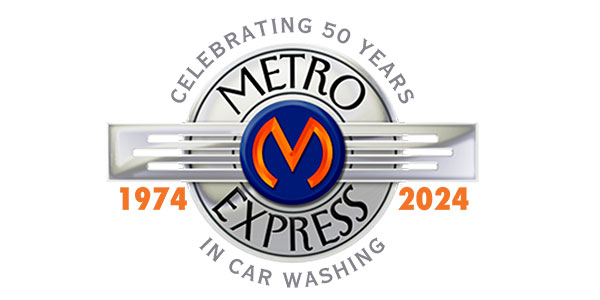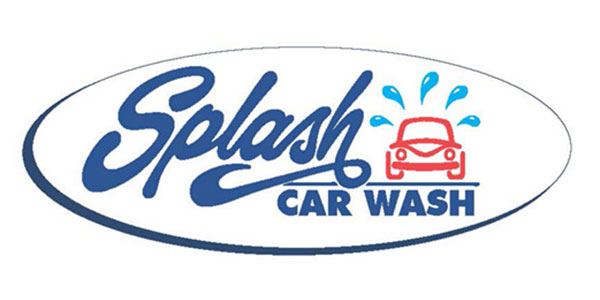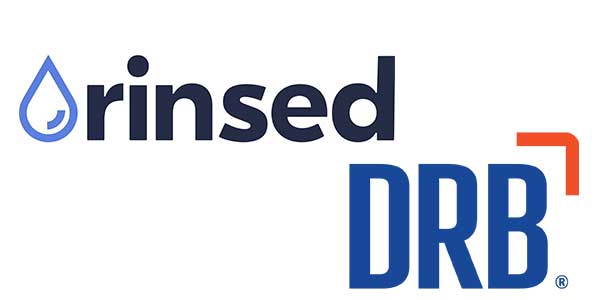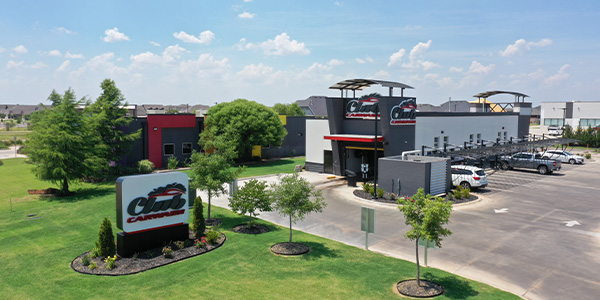When the air temperature drops, water on a car can turn to ice and freeze locks, windows and doors. Having a good dryer and an ongoing maintenance program throughout the year will ensure the best results during the cold weather.
“The cold can lead to dryers heating up (running for a period of time) and then shutting down with fewer cars and this can lead to condensation build up and shorting out, so we make sure to have proper ventilation, “ advises Aaron Green, owner of Kwik Car Wash.
“As normal maintenance, we make sure the intake is free and clear and we like to clean ours once a month inside and out to ensure things are working properly.”
Mark Ellis, President of Xpert Solutions/Southland Auto Wash, concurs. “We have a standard preventative maintenance program that includes verifying impellers are all in good condition, and intake and safety screens are cleaned to provide maximum airflow. This process is year round so that our dryers are always operating safely and at full capacity.”
Keeping the mechanical in all your systems in top operating condition year round will be a main factor in determining whether the cold weather affects your machinery. Dryers are necessary for removing as much water as possible, and reducing the potential for ice-related problems.
“A customer can wash late in the day and in the morning their door and locks can be frozen shut,” says Green. “I have personally washed late in the day and the following morning went to roll down my window and stripped the gears in my motor from water freezing.”
“The more thorough the drying is that we provide, the less water track (ice track in winter) is left at the tunnel exit. Water droplets left on the vehicle will freeze, which can cause wipers to stick as well,” says Ellis. “
Avoiding breakdowns
Manufacturers agree preventative maintenance is the best system for avoiding any inefficiencies or downtime during busy winter days. When it comes to technical problems carwashes are usually at their busiest.
“As with any piece of carwash equipment, proper maintenance and periodic inspection will greatly reduce any chances of downtime due to mechanical failure,” says J.R. Klemmer, General Manager of Proto-Vest. “An area to pay particular attention to is the inlet region if the blower assembly which – when blocked — can create many adverse effects on the dryer’s operation.”
“The air flow/air pressure should be checked at the tip of each outlet nozzle and if inconsistent, inspect for blockages and take amp readings on the motors to reveal any problems,” says Cheryl Dobie of Aerodry Systems, LLC.
To keep the dryer running at peak performance it is important to clean this area often and inspect the impellers in the blower housing where wax, soap and auto exhaust may build up.
“Vibrations are another valuable gauge in detecting dryer problems. All blowers produce minimal vibrations during normal operation, nevertheless when the vibrations become greater it is usually an indication of a potential problem. Worn motor bearings, foreign objects in the blower or a missing balance weight will all cause abnormal vibrations. If left unchecked, this type of situation could lead to motor or blower damage that can be very expensive to repair,” warns Klemmer.
Additional considerations
Owners should always consult the manufacturer for the best maintenance program. Information on proper maintenance procedures regarding the motor and blower can be accessed by checking the owner’s manual of the dryer.
“Encased in stainless steel, our direct drive fan is mounted on a TEAO (totally enclosed air over) motor which does not require maintenance; therefore, Aerodry dryers are maintenance-free year around,” says Dobie. “That said, general housekeeping is always necessary to prevent dirt/debris buildup and maintain the aesthetics of the entire facility.”
“The textiles used to compose an industrial dryer determine the system’s maintenance aesthetics, safety and ultimately equipment life. When looking at the dryer’s impeller housing, safety becomes the most important point of concern. With the impellers rotation at 3600 RPMs any malfunctions may have fatal consequences. By using ASCM class- four-certified explosion-proof housing, the equipment’s integrity in case of failure is ensured and longevity of the entire system is increased,” says Klemmer.
When choosing the right model for a carwash business, it is important to consider the dryer’s location. In conveyer operations, elements such as drying agents, conveyer speeds, RO water and drip space are all determinates in effective drying.
“Less drip space makes dryer efficiency especially crucial, where it relies more on good water separation or ‘break’ to dry vehicles properly. Another variable in this drying process is the air itself within the tunnel. If there is a lot of mist in the enclosure, drying becomes problematic since wet air is being circulated back onto the vehicle. In the case of automatic carwashes, drive-thru speed, customer control rate and drying time are areas to be considered.
“Stand-alone dryer systems are often recommended in these operations since they allow for higher vehicle turnover. This is based on the configuration where a customer starts the wash process while another is drying. An emerging drying trend is the combination of different systems together. A few manufacturers have developed specific dryers that can be used in combination with other dryers, enabling the operator to customize a design they feel works best in their particular situation,” says Klemmer.
“Including updated performance improvements, we have utilized the one-piece molded fan for over 27 years,” says Dobie. “Both the Advantage and Base Drying Systems manufactured by Aerodry employ the same 15 HORSEPOWER air producer with this axial vane fan. The needs of each facility determine the configuration and horsepower requirements within the design parameters of our models. Automated wash equipment tends to be complex and our simplistic designs bring order to that complexity, which has made us believers in this concept, as well as manufacturers.”
The importance of the wash
Even when using the best drying agents, operators may not always achieve desirable drying results. Often, it is the wash process that aids in the best outcome.
“Drying cars does not start and end with your dryers. Drying a car starts at the beginning of the carwash with your chemicals and is a balance between your chemicals, chain speed and the number of dryers you have,” Green explains.
A carwash’s cleaning products work together and work best when pH balanced. Therefore, by obtaining the right chemical balance in the wash process you’ll receive the cleanest, brightest and driest results.
“Start with lowering the pH of the car during the wash process and then use a drying aid to shed the water from the car; we use products by Focused Carwash Solutions and have seen a much better drying of the car since we switched. Then make sure you do not exceed the industry standard of one car per hour (cph) for every horsepower (hp) of drying (120 hp of drying = 120 cph track speed).”
“When there is too much alkaline in the wash process, water tends to lay flat and sheet instead of breaking on the surface of the vehicle inhibiting the drying process. A proper mix of acidic agents applied through a second application arch will decrease the effect of high alkaline,” says Klemmer.
Cold weather is just one of many variables that affect the balance of the wash process such as climate, humidity, season, regional air qualities and road surface.

